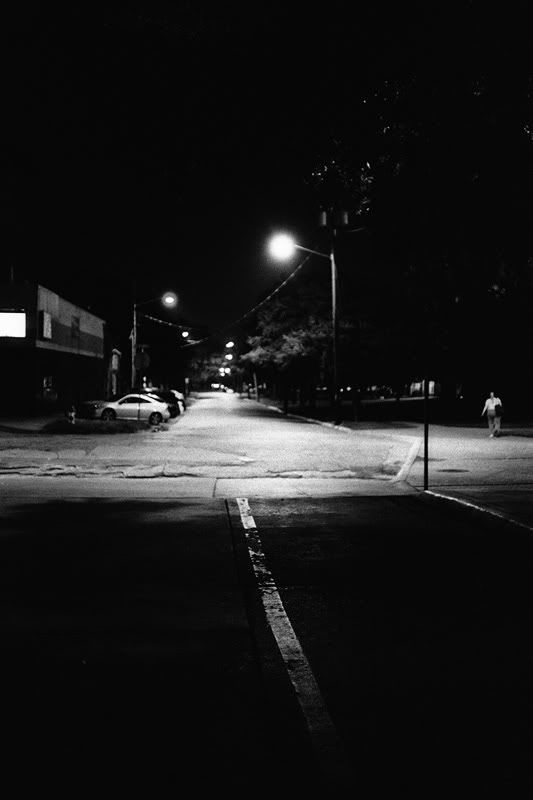glenerrolrd
Workshop Member
As I move around I had encountered a number of Leica M photographers that have gone back to film. The story typically goes like this.....just liked the look for black and white so much better. Found a good lab that would develop ,create proofs or contact sheets and scanned images on a CD.
On the other side I see beautiful MP s for sale every other week .
The biggest issue for me would be the quality of the scans. It would take a lot to get me into doing my own scans . Then again I rarely want to work with more than 20-30 images out of a shoot of 1000.
On the other side I see beautiful MP s for sale every other week .
The biggest issue for me would be the quality of the scans. It would take a lot to get me into doing my own scans . Then again I rarely want to work with more than 20-30 images out of a shoot of 1000.

